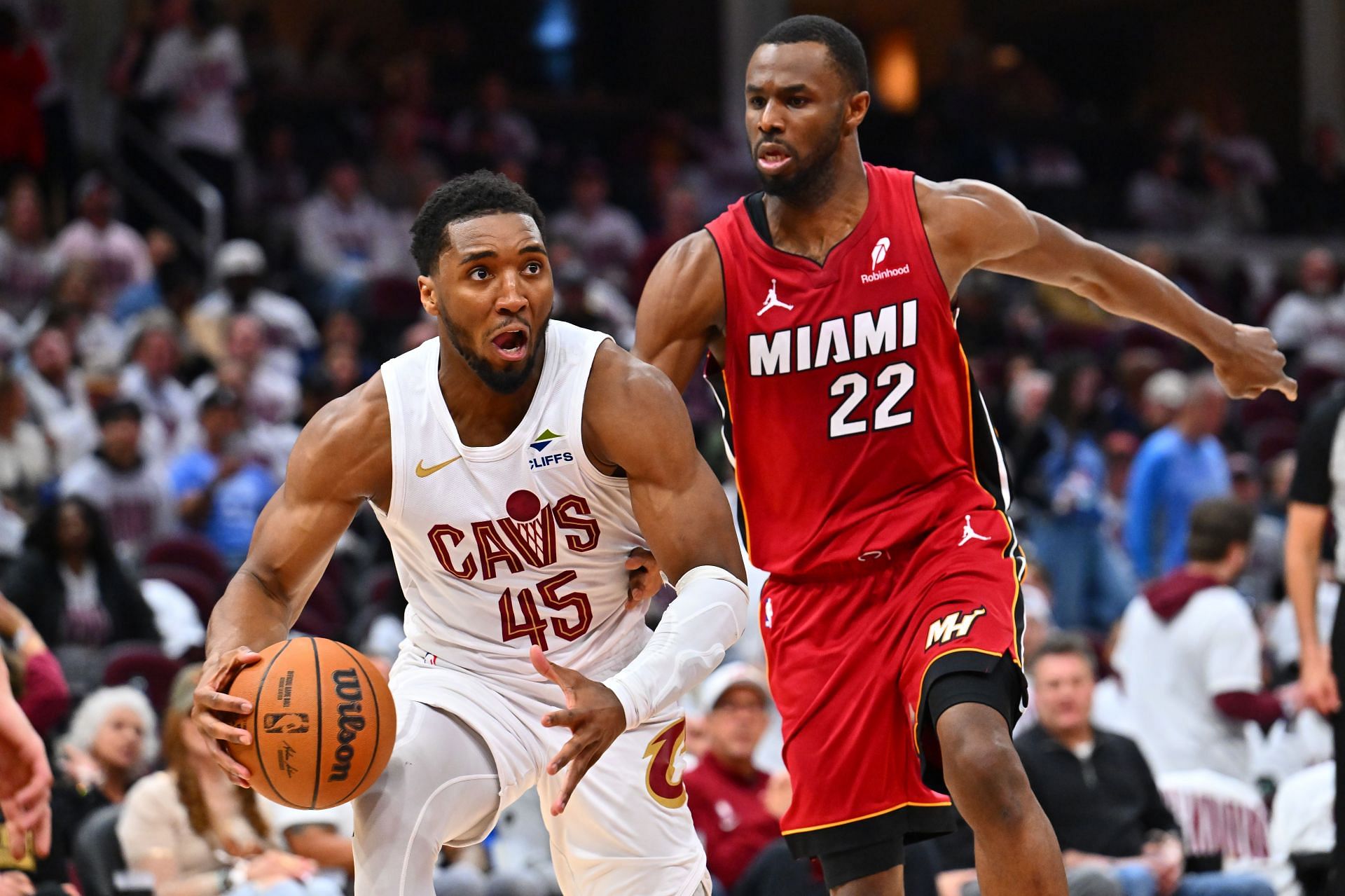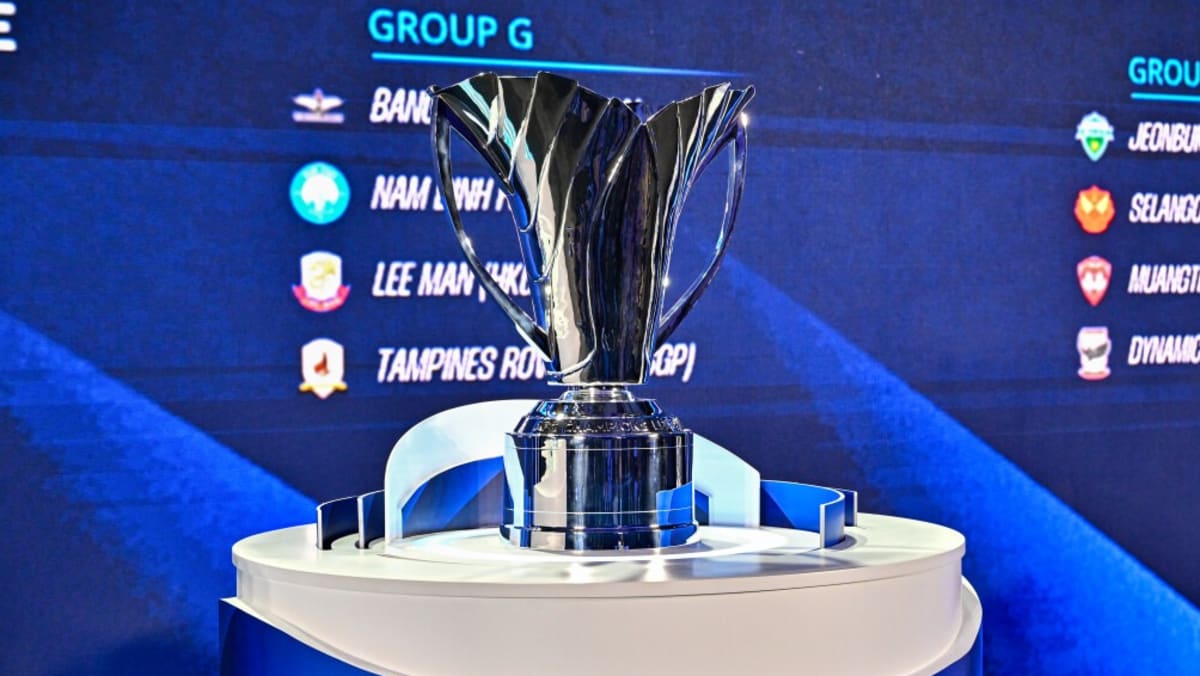'What we are finding in our research, a lot of players are two-sided because of their parents'

James O’Donoghue, Colm Cooper, Declan O’Sullivan, David Clifford. Each of them awesome Kerry forwards, all cross-lateral.In plain terms, cross lateral refers to people whose hand and foot dominance are not uniformly right- or left-sided. Right-handed and left-footed, or vice-versa. It’s not just a fun fact. This physical trait gave them an advantage.“There are practical reasons it is beneficial,” says Karol Dillon, a Postgraduate Researcher in UL. His research interest is developing two-sided players in Gaelic football.The Kerry native recently presented at the Motor Skill Acquisition Conference in Finland and had a paper approved for publication in the Laterality: Asymmetries of Body, Brain and Cognition journal.“They are right-handed, left-footed. When they start kicking first with their non-dominant foot, they are at a practical advantage because of it.”From day one, players at all levels are urged to develop their non-dominant side. But do we truly understand how? Does everyone realise why?Take tactics. Teams who typically pass and shoot off the same side are predictable. A predictable team is easy to plan against.“If you have two midfielders who are heavily right footed in a kicking team, that ball is more than likely going to go to the 13 channel.“It should be said, when you review a game or a play, ball retention does not mean it was the right option. Kicking the ball over the bar does not mean it was the right option. What if there was a goal on?“What we are finding, guys are getting the ball, going to their dominant foot and then looking up. Instead of getting the ball, surveying first and then delivering.“To me, laterality dictates everything on a pitch. It dictates where you run, forwards make their runs not according to space but to get to the best position to get onto their dominant foot.“Bilaterality is really about using the appropriate limb in a given context. That is why I have reservations about ten-minute blocks in training. To improve bilaterality, you need to improve decision making.“We want to go back and examine why Liam Silke kicked a point off his left from 35 yards out early in an All-Ireland final but turned down his a shot on his left in the final few minutes?"It is about decision-making under pressure. That is across sports. Under pressure, players do revert to their dominant side.”Read More Fogarty Forum: The problem with the shorter hurleyDillon has been working with supervisors Dr. Phil Kearney and Dr. Ian Sherwin. For his most recent study, they focused on PhD intervention within a GAA development squad.That involves finding out the most dominant limb for male and female players, the most influential person on their practice, where they practice the most and other sports they played. This understanding should steer how development squads operate in the future.“I strongly believe we should be more aggressive going after left-sided players at development squad level,” he says.“That applies to going after them and keeping them. Ajax have a policy where 30% of all squads players underage have to be in the left-sided. It is a slightly different reason - to balance the pitch, basically.“But look at the most exciting players in Ireland, look at the top 50 bilateral players, left-sided players are massively over-represented. You go back and ask why? What does that mean for a coach at local level? Of course, you can’t have broad strokes here, but you might be able to get more out of left-sided players genetically.”A common mistake is to assume a player who kicks with their right is right-handed. Laterality is skill specific. Individuals preference can vary across the kick pass, hand pass, solo, hop and shot. The first step is an accurate appraisal. Then it is about addressing it.Here’s the thing. Most accept the need for players to be able to use their left and right. Despite that, players are still predominately one-sided. That is true right across the sport, at grassroots and intercounty level. So, what should coaches do?“It can’t just come solely from the club coach. What we are finding in our research, a lot of players are two-sided because of their parents. It’s just contact time. If mom or dad aren’t encouraging it, that token ten minutes with a coach who is doing his best, that won’t do. It is like homework versus school. There is only so much you can do. It is about creating an environment, promoting the skill.”It is never too late to improve each skill, as long as it is done in the right way. Coaches can do an assessment in January and there’s a good chance a player will improve when assessed again three months later. But that is not where it matters. Games are won and lost based on this one fundamental element. Make it count in a game.“If a child is not equipped to kick off their non-dominant side in a closed drill, no one is arguing they should be thrown into a small-sided game. That is insane.“But once there is any bit of proficiency using their non-dominant side, it should be a game-based situation with a coach on the side reminding the child about using the non-dominant side when they should. Pulling them aside when necessary. I appreciate that manpower-wise, it is difficult. I’m not naïve.“It’s about forcing them into situations where they have to develop it. For instance, you have a left corner-forward, put him at 15. Ajax will deliberately play a centre-forward somewhere else, left-back, to develop other aspects of their game.“It will lead to a conversation with coaches, why did you run away from goal there? Was it to get back to your dominant side? Develop a skillset so that they can take the right option.”












